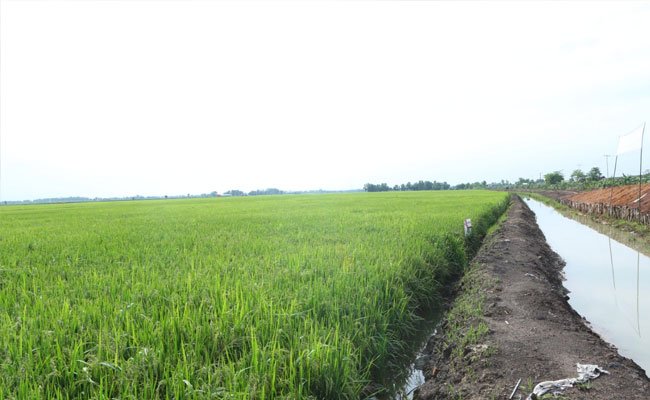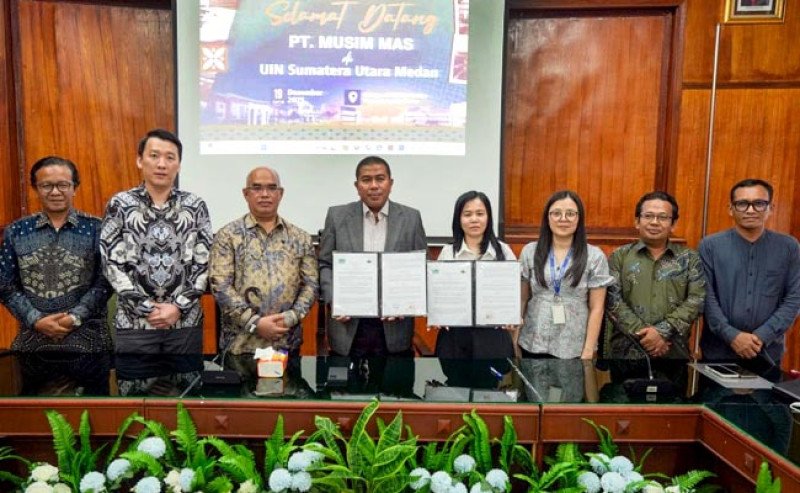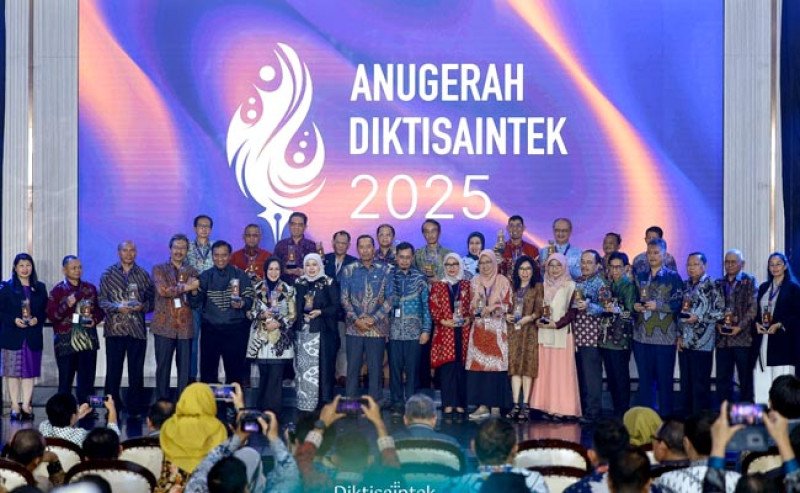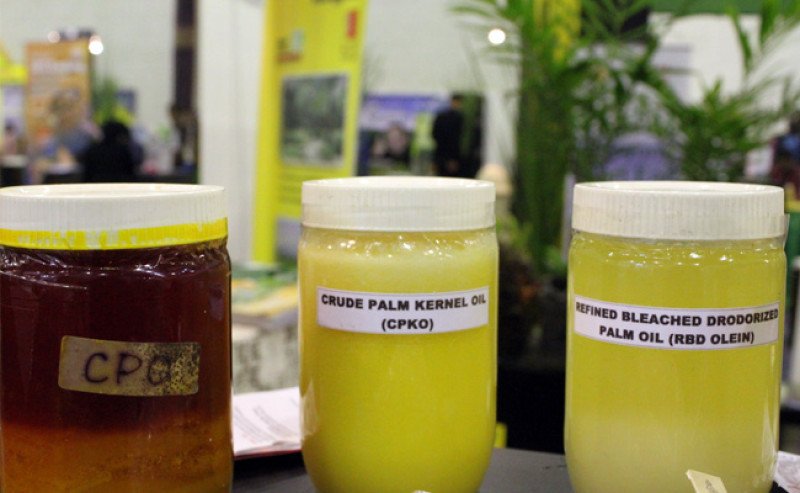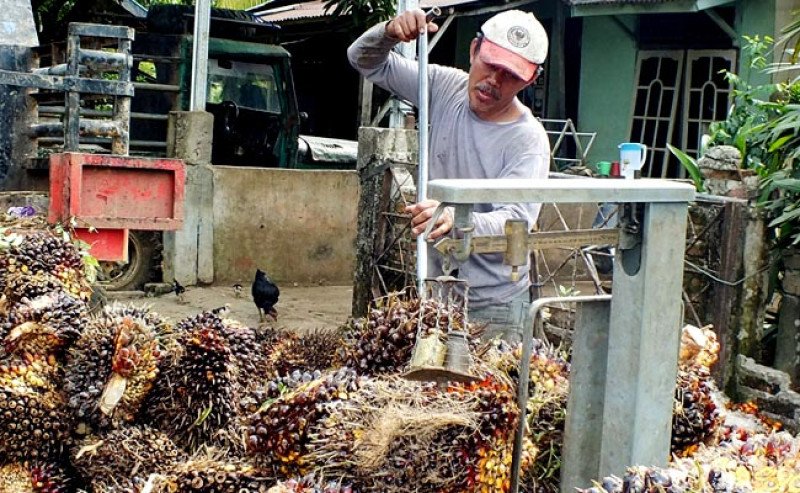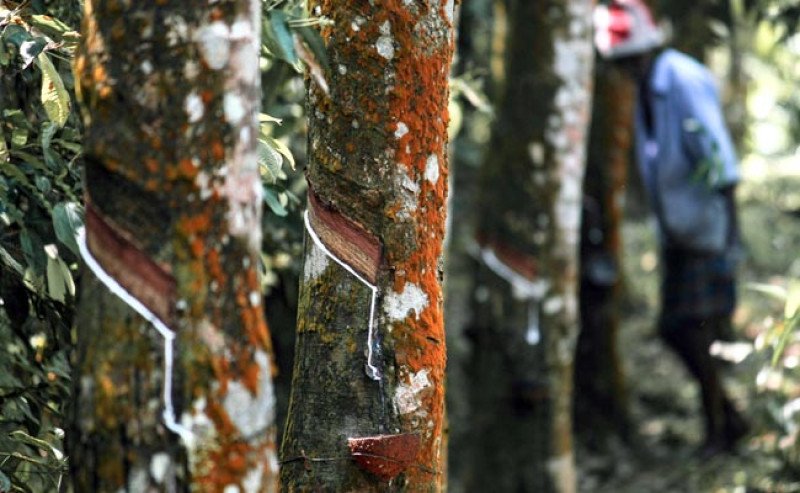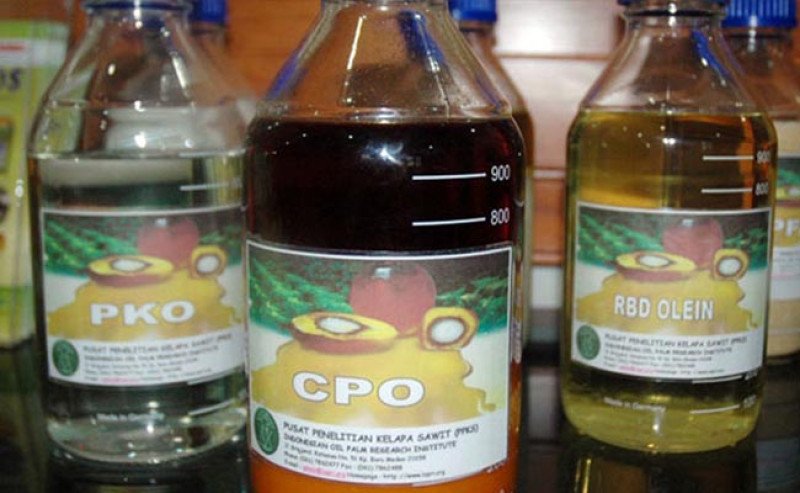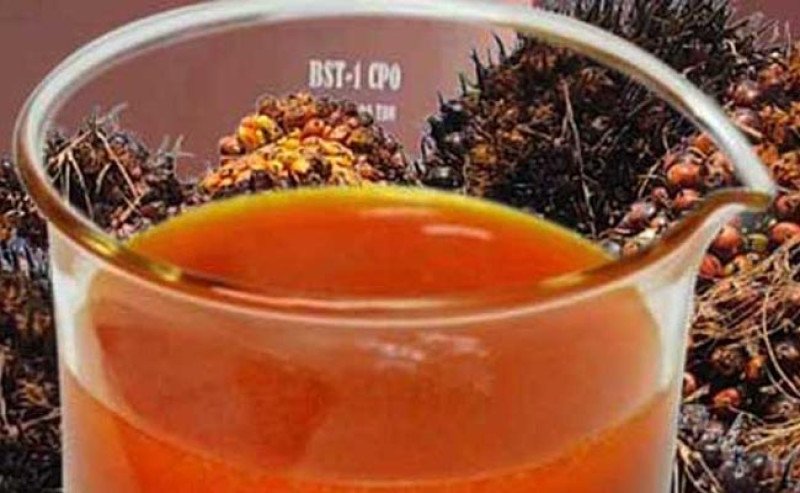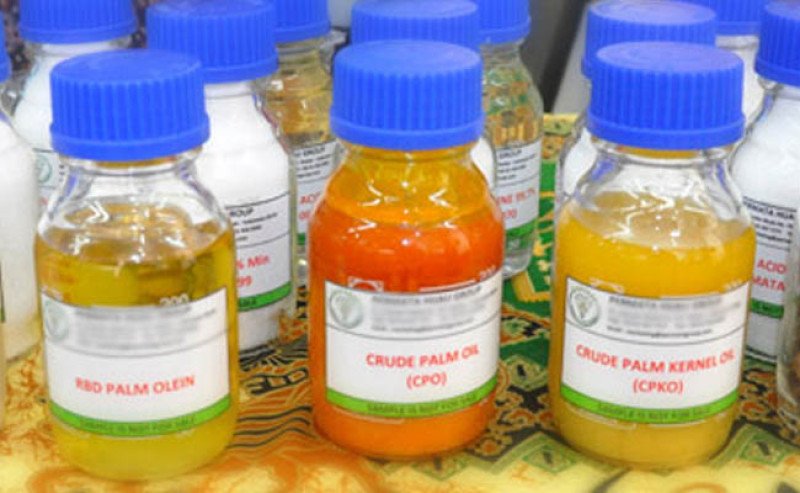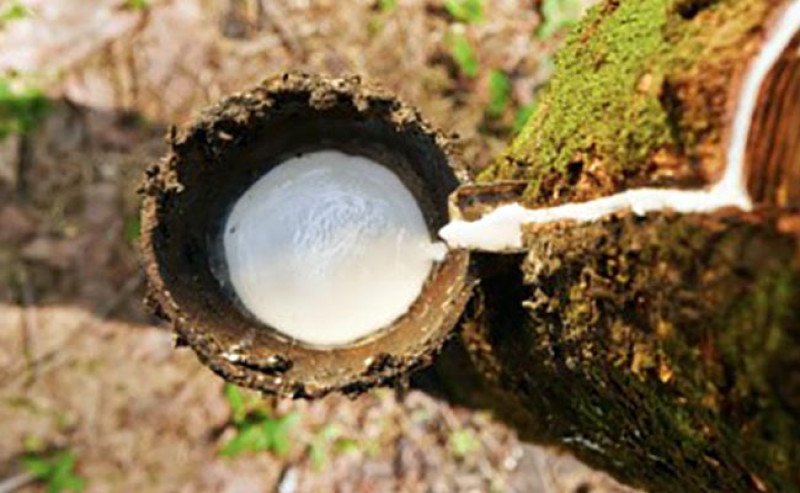Agricom.id, JAKARTA – The rain - fed paddy field for all these years are known as the areas that could be in harvest once a year. But by the technology and innovation, the rain – fed paddy fields now could be in harvest three times a year.
“The rain-fed paddy fields usually depend on the rain and could produce in the rainy season. But our study revealed that the innovation could significantly increase the productivity,” Head of Agriculture Research and Development Agency, Ministry of Agriculture, Fadjry Djufri said in the press conference to Agricom.id, Wednesday (25/03/2020).
What ministry of agriculture has done to encourage the increasing productivity of paddy in the rain-fed fields is to ensure that there would be abundant of rice stocks nationally. The government targeted to increase the exports of rice. Last week Minister Syahrul Yasin Limpo predicted that the massive harvest would be in March – April and there would be additional rice stocks up to 8 million tons. The rice production would not depend on the paddy fields within the good irrigation but from the sub-optimal areas.
“The innovative ways are done to ensure that our rice production increases significantly, such as, by advantaging the non-optimal areas and multiplying the production capacity,” he said.
To multiply the production capacity in the rain-fed field, he continued, ministry of agriculture has multiplied the water pumps. Based on their study, the water pumps are the ones that could increase the fertility of the areas to get the plantation index 300.
“Based on our study, advantaging the soil water by using water pump is crucial to do. They water the rain-fed paddy fields in the third season, or in dry season,” he said.
He also mentioned that the mechanism of water pumps should adjust to the field condition. The soil water in the shallow paddy field within about six to ten meter – depth could use small capacity – water pump but could take enough water to the fields,
“While the field where it is far from the river and the soil water is deeper should use bigger capacity – water pump to take the water out within the same capacity,” he said.
Besides advantaging the water pumps, the optimization of the rain-fed paddy field could notice the soil condition. In the clay areas, the paddy productivity could be reaching about 8 tons per hectare while in the sandy areas, the productivity could be 5 tons per hectare.
“That is why we do the best to increase the paddy productivity in the sandy paddy fields by increasing the organic materials to increase the soil fertility and increase the ability of the soil to hold the water,” he said. (A2)
